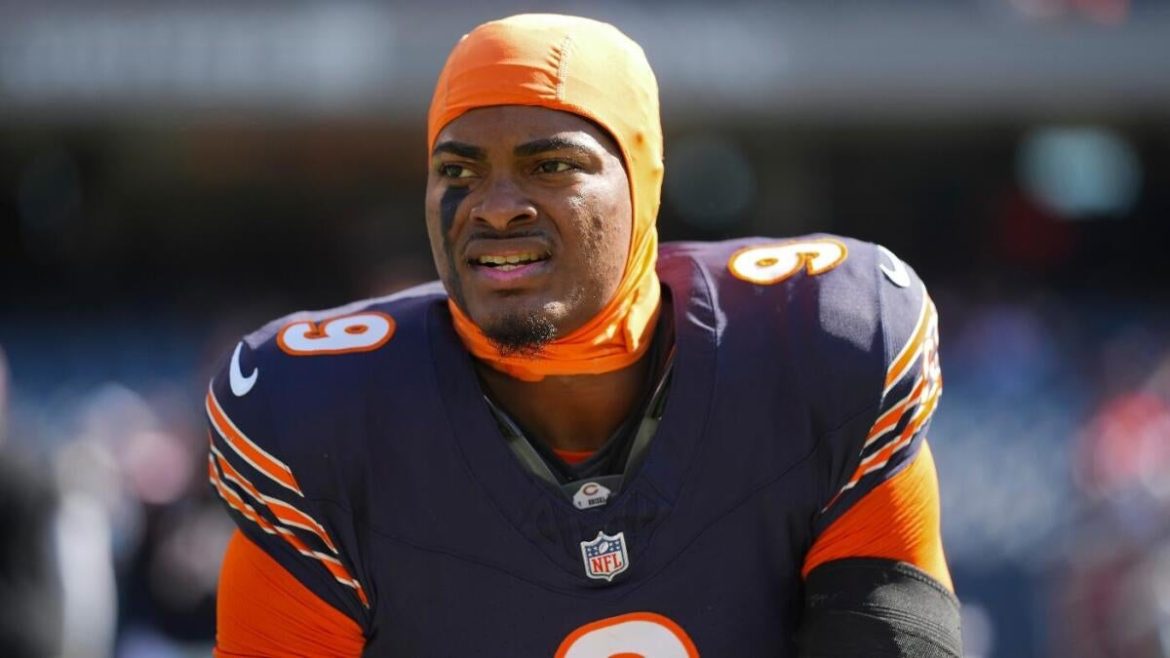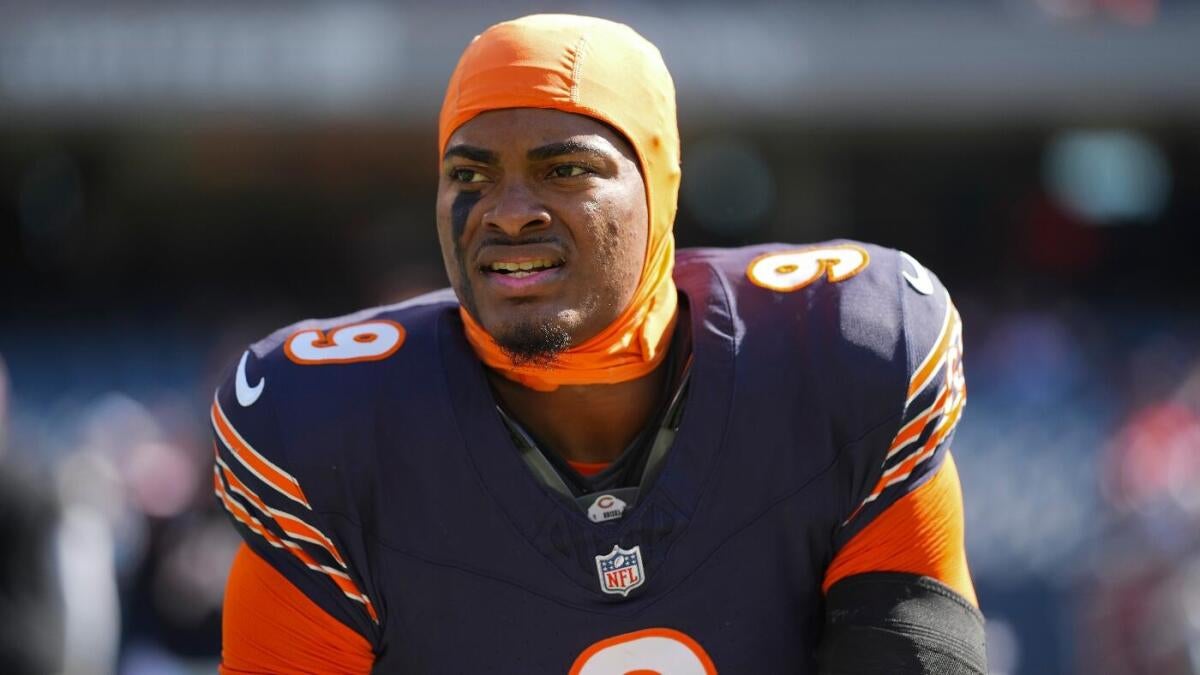Jaquan Brisker’s Journey Through Concussions and His Determined Return to Football
Jaquan Brisker, the dynamic safety for the Chicago Bears, has become a central figure in conversations about concussion recovery and player safety in the NFL. Brisker’s journey reflects not only the physical and emotional challenges posed by repeated concussions but also the resilience and determination required to return to high-impact professional football. Examining the trajectory of his injuries, rehabilitation, and mindset provides insight into the delicate balance athletes must strike between health concerns and competitive drive.
The Impact of Multiple Concussions on Brisker’s Career
Throughout the recent seasons, Brisker has endured a troubling pattern of concussions. Most notably, he suffered his third concussion within a three-year span during the 2024 season, which led to him missing the majority of that campaign. The injury was severe enough to place him on the injured reserve list, cutting his season short after just five games. This latest concussion, following two previous incidents, raised substantial questions about his long-term health and ability to sustain the physical demands of his position.
Repeated concussions are particularly alarming in contact sports like football because of the cumulative effects on brain function and the risk of chronic traumatic encephalopathy (CTE). For Brisker, the concern was not limited to external scrutiny; his own health and career future came into sharp focus. It is evident from reports that Brisker and his medical team undertook a meticulous rehabilitation process to ensure his safety while preparing for a possible return.
Rehabilitation and Mental Resolve
Jakquan Brisker’s recovery journey has been a painstaking one. According to accounts from his time in concussion protocol, he repeatedly faced questions about his readiness to return. Each time, he expressed eagerness to get back on the field, demonstrating not only his commitment but also the complex psychological battle athletes face when recovering from head trauma. His rehabilitation involved extensive medical oversight, rest, and gradual reintegration into physical activity.
Importantly, Brisker has shown a hard-hitting yet introspective attitude toward his recovery. Despite medical clearance, the long hiatus and the severity of his injuries have clearly influenced his approach to the game. Brisker has publicly stated he feels good and eager to prove that he can remain healthy and effective, emphasizing a readiness to “attack again” while managing the risks.
Challenges of Returning to Play with a New Defensive System
Brisker’s rehabilitation coincides with his adaptation to a new defensive scheme under coach Dennis Allen. Returning from injury while learning system changes adds a layer of complexity. He must rebuild both his physical condition and his tactical understanding, which is essential for a safety tasked with both coverage and run support responsibilities.
The challenge is not just physical recovery but regaining confidence in his body’s ability to endure and perform. For a player known for his hard-hitting style, managing aggression while ensuring personal safety is nuanced. Brisker has conveyed a commitment to playing “the same way” despite his concussion history, hinting at a mental toughness that resists changing his natural game style drastically.
External and Internal Perceptions of Health and Play Style
Brisker’s situation underscores a dichotomy in perspectives: external concern for his health versus his personal perception of readiness. Analysts, fans, team insiders, and health professionals have voiced apprehensions about the risk involved in repeatedly returning to play after concussions. Conversely, Brisker exhibits confidence and determination, suggesting that the worry lies more with observers than with himself.
This tension highlights an ongoing debate in professional sports about the balance between protecting athletes and respecting their autonomy. Brisker’s case exemplifies how players must navigate medical advice, personal ambition, and the emotional toll of injury recovery.
Potential Impact on Career and Legacy
With Brisker entering a contract year, the stakes for a successful return are high. He must demonstrate physical robustness and on-field effectiveness to secure his future in the league. The missed growing time due to injuries could impede his momentum, but strong performances upon return would reaffirm his value to the team.
Moreover, Brisker’s case brings into focus the long-term viability of players with repeated concussions in the NFL. His ability to adapt and thrive could serve as a model for others, or conversely, if difficulties continue, it may prompt broader discussions on player safety protocols and career longevity.
Conclusion: Brisker’s Determined Road Forward
Jaquan Brisker’s story is one of perseverance amid daunting challenges. His multiple concussions forced an extended period of recovery that tested his physical limits and mental resolve. Yet, his eagerness to return to full participation and maintain his aggressive playing style reveals a passionate athlete unwilling to be defined by injury setbacks.
His journey illuminates the intersection of health, performance, and identity in professional football. As he works to regain his footing in a new system and prove his durability, Brisker embodies the complex realities modern players face: navigating the risks of their sport while chasing excellence. His future will depend not only on physical healing but on the support systems, medical guidance, and personal decisions that shape how athletes confront concussion histories.
Ultimately, Brisker’s return represents more than just a comeback; it stands as a testament to human resilience in the face of adversity, the evolving nature of sports medicine, and the ongoing dialogue about protecting those who make the game possible.





